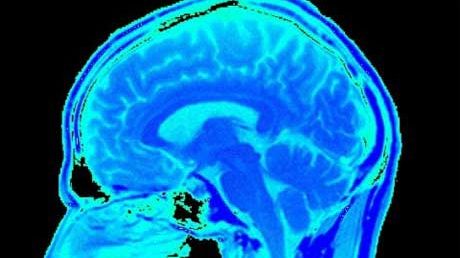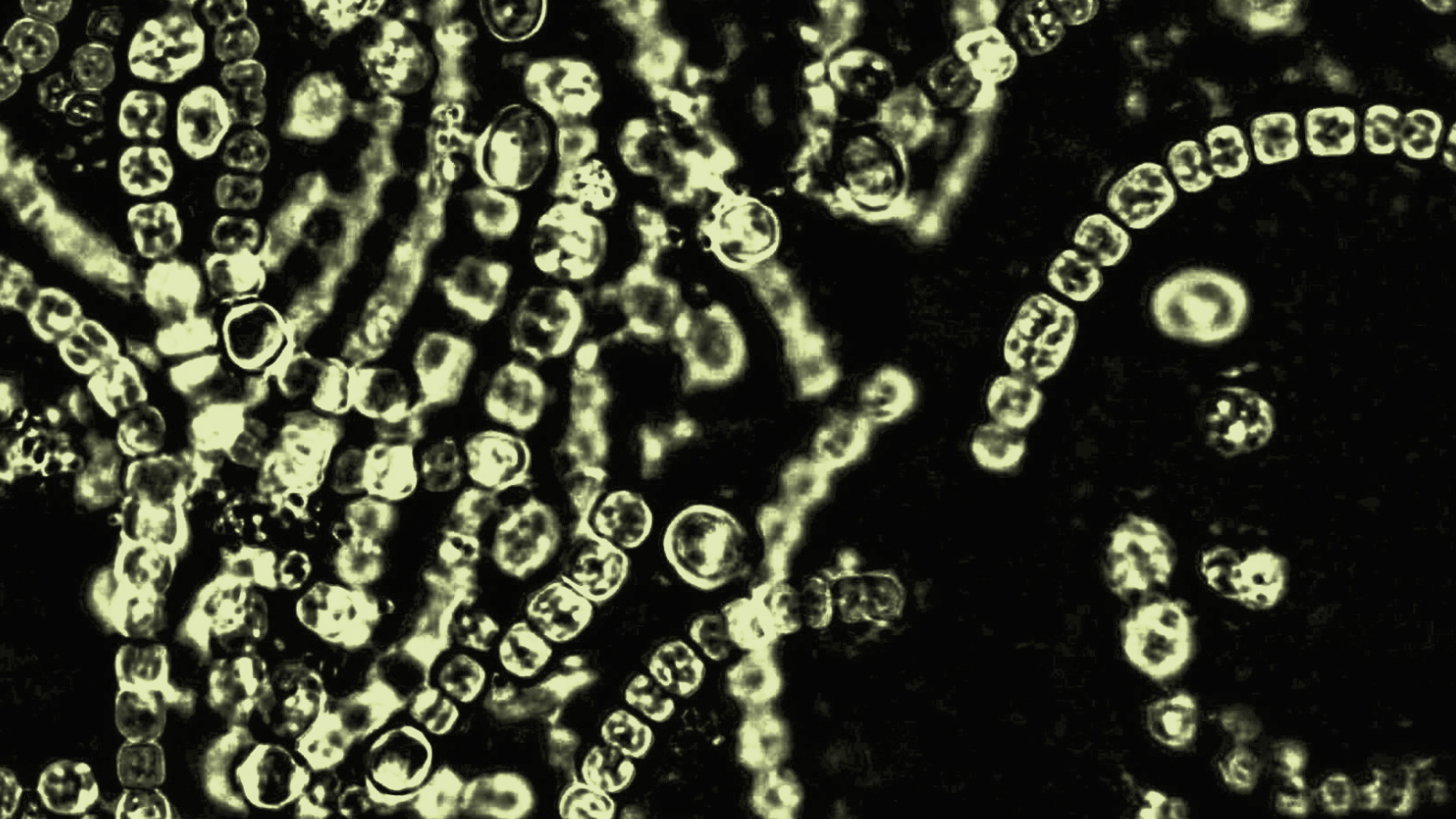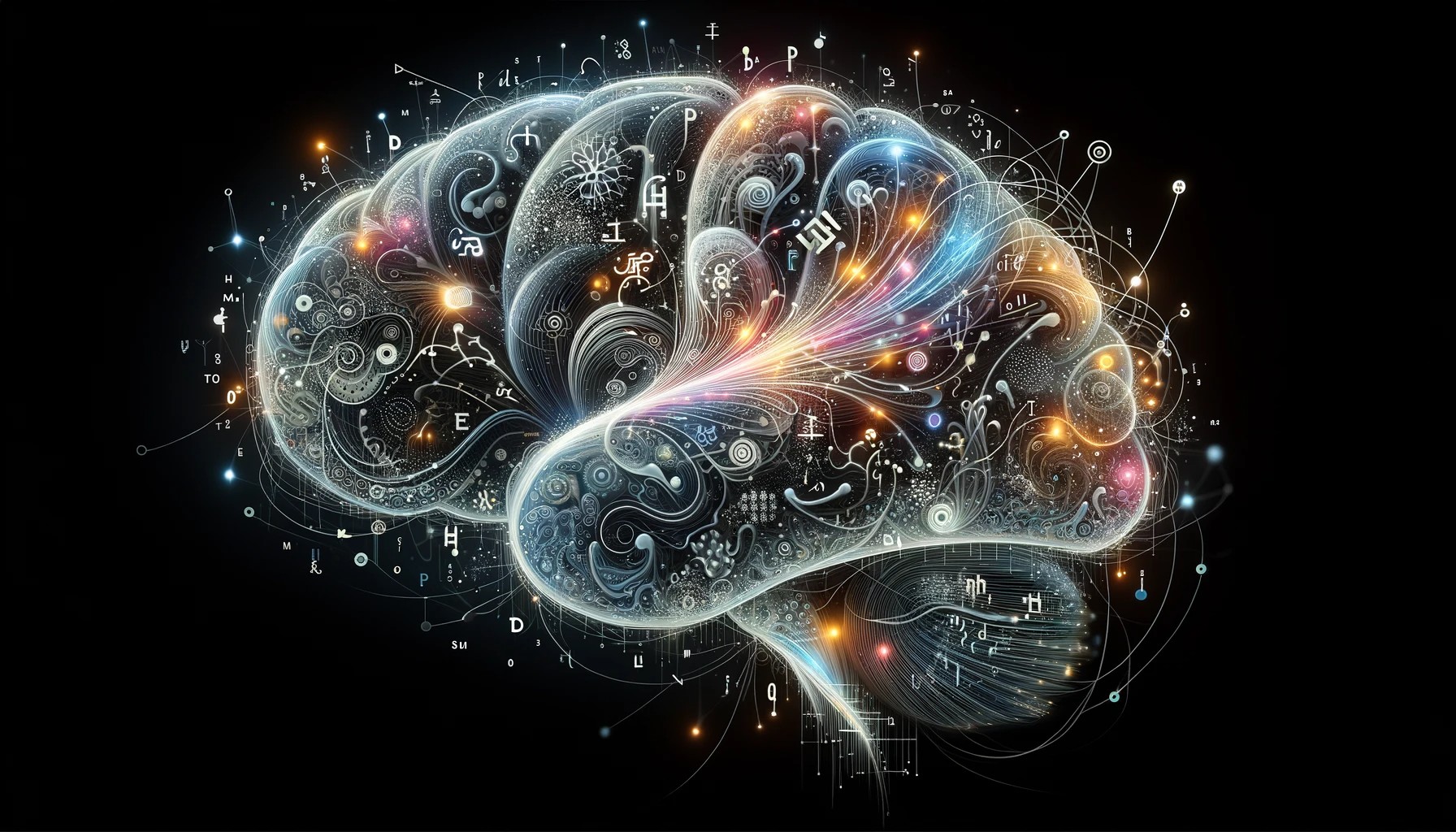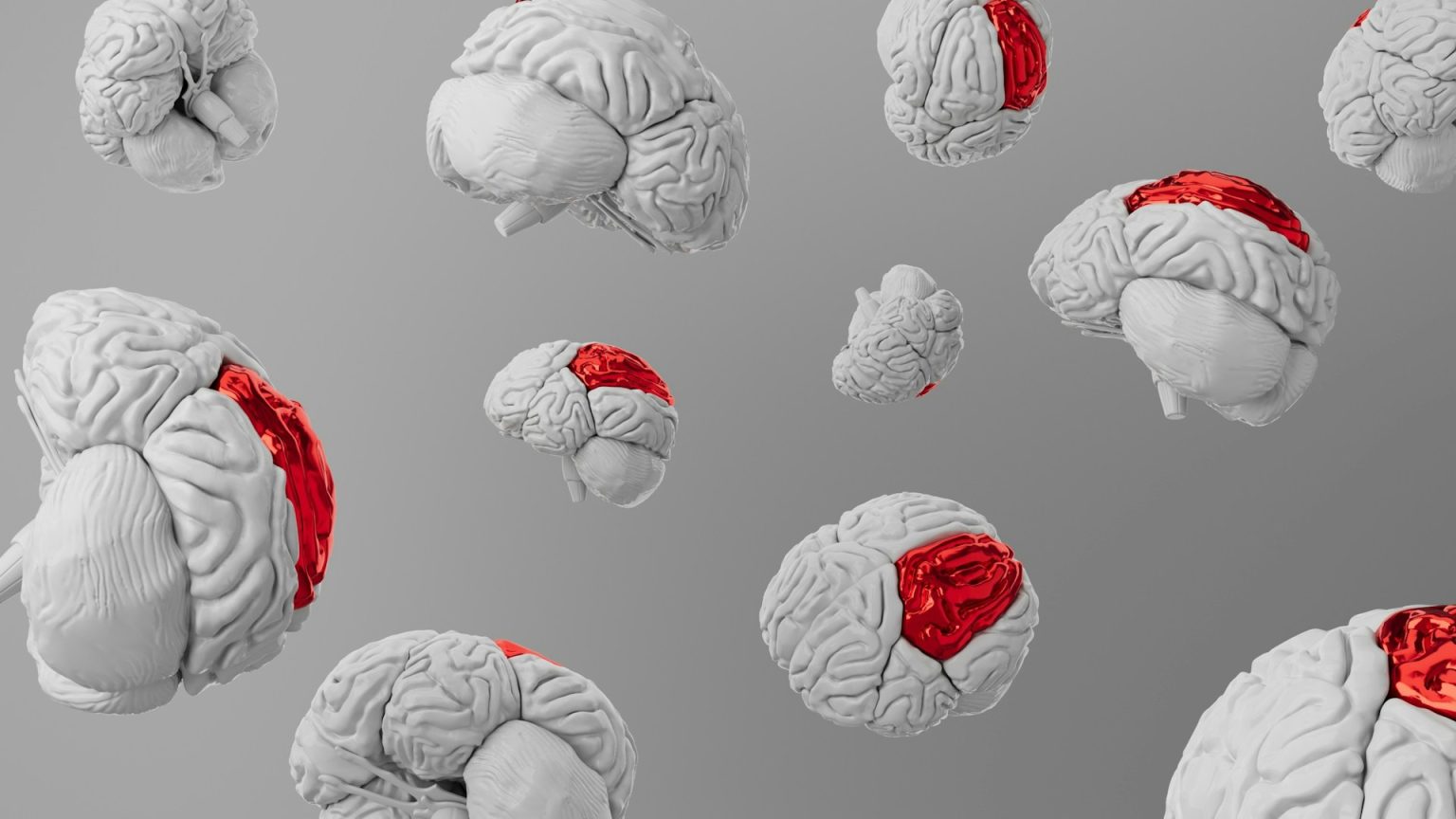What Is Alzheimer’s Disease?

Alzheimer’s disease is an incurable—and ultimately deadly—form of dementia that causes loss of memory and other cognitive abilities. A degenerative disorder, the disease unravels the fundamental functions of the brain over time, taking with it many components of personality and identity. An estimated 5.3 million people in the U.S. currently have Alzheimer’s, and each year the disease ranks as the nation’s sixth or seventh leading cause of death. In 2007 alone, over 74,000 Americans died from Alzheimer’s.
While much remains unknown about the disease, advances in research over the past decade have shed new light on its mechanisms, and on how dementia affects the aging brain. In Big Think’s “Breakthroughs: Alzheimer’s Disease” panel, Dr. Samuel Gandy, associate director of the Mount Sinai Alzheimer’s Disease Research Center, said that the disease is first a biochemical pathology—a deficit among brain transmitters between nerve cells—but that there also does seem to be a correlation with beta amyloid proteins that can function normally among neurons for over 50 years, then “clump and accumulate and build up and kill cells of the brain.”
“Synaptic function is the key to everything,” responded Dr. Ottavio Arancio, a professor at the Taub Institute for Research in Alzheimer’s Disease and the Aging Brain at Columbia University. Dementia and Alzheimer’s disease, he says, weaken synapses among the brain’s 100 billion nerve cells and 100 trillion neural points connection points. This weakening, he says, “is the key to understand the mystery of this disease.”
Using cutting-edge genetic testing and increasingly more accurate data, researchers have linked specific genes to Alzheimer’s disease, and have determined some of the environmental and health factors which may trigger its onset. Meanwhile, rapidly advancing neuroimaging techniques are allowing us to understand how the disease deposits its dangerous plaques and tangled strands of protein into the brain. These deposits choke brain cells, impairing their ability to form new memories and to store old ones. Eventual death from the disease comes as the brain chokes on the debris and half-dissolved remains of dead neurons.
But even with all this information—a list of potential predispositions and a map of how the disease progresses—we still don’t know why some people get Alzheimer’s disease and others with latent triggers do not. We still do not know what Alzheimer’s disease is, and we do not know where the key connection is that might turn the disease on or off.
Finding this connection is becoming ever more essential, as our population gets older and Alzheimer’s reaches near-epidemic proportions. Today, one in eight people over 65 have Alzheimer’s disease, with someone new developing the disease every 33 seconds. This rate will only get worse. Beginning January 1st, 2011, a new member of the Baby Boom generation will turn 65 years old every 8 seconds—at the rate of 10,000 per day and 4 million per year. Unless research and medicine achieves real progress, Alzheimer’s disease is poised to become the malady of our age.
“We have a big problem on our hands, and the problem is diseases of aging, diseases where aging is a major component of the onset of the disease,” said Dr. Leonard Guarente, Director of Glenn Lab for Science of Aging at MIT. “I would say Alzheimer’s is number one on the list of diseases of aging and we really have to worry about it.”
More Resources
— “Alzheimer’s Disease Facts and Figures 2010.” Alzheimer’s Association
— “Alzheimer’s Disease Fast Stats.” Centers for Disease Control and Prevention.
— “The Shriver Report: A Woman’s Nation Takes on Alzheimer’s 2010.”
The views expressed here are solely those of the participants, and do not represent the views of Big Think or its sponsors.




